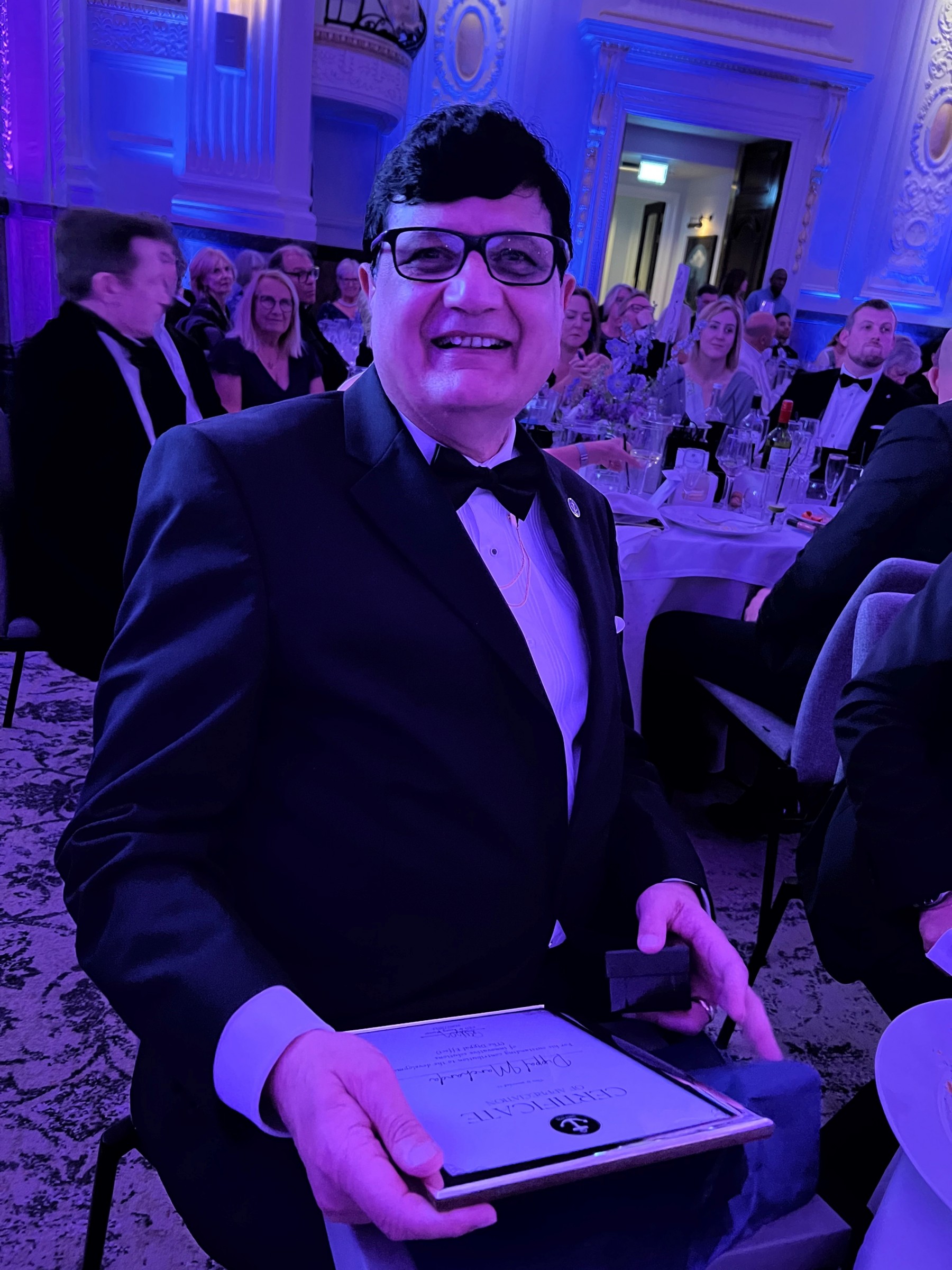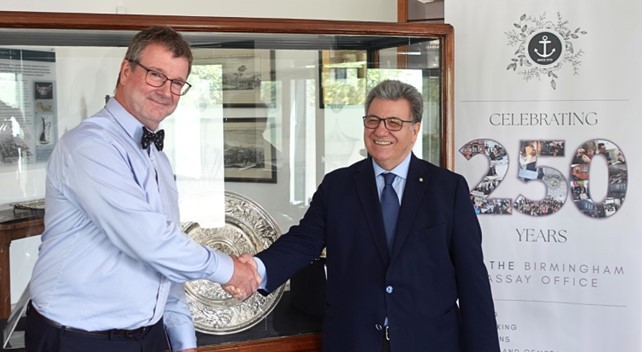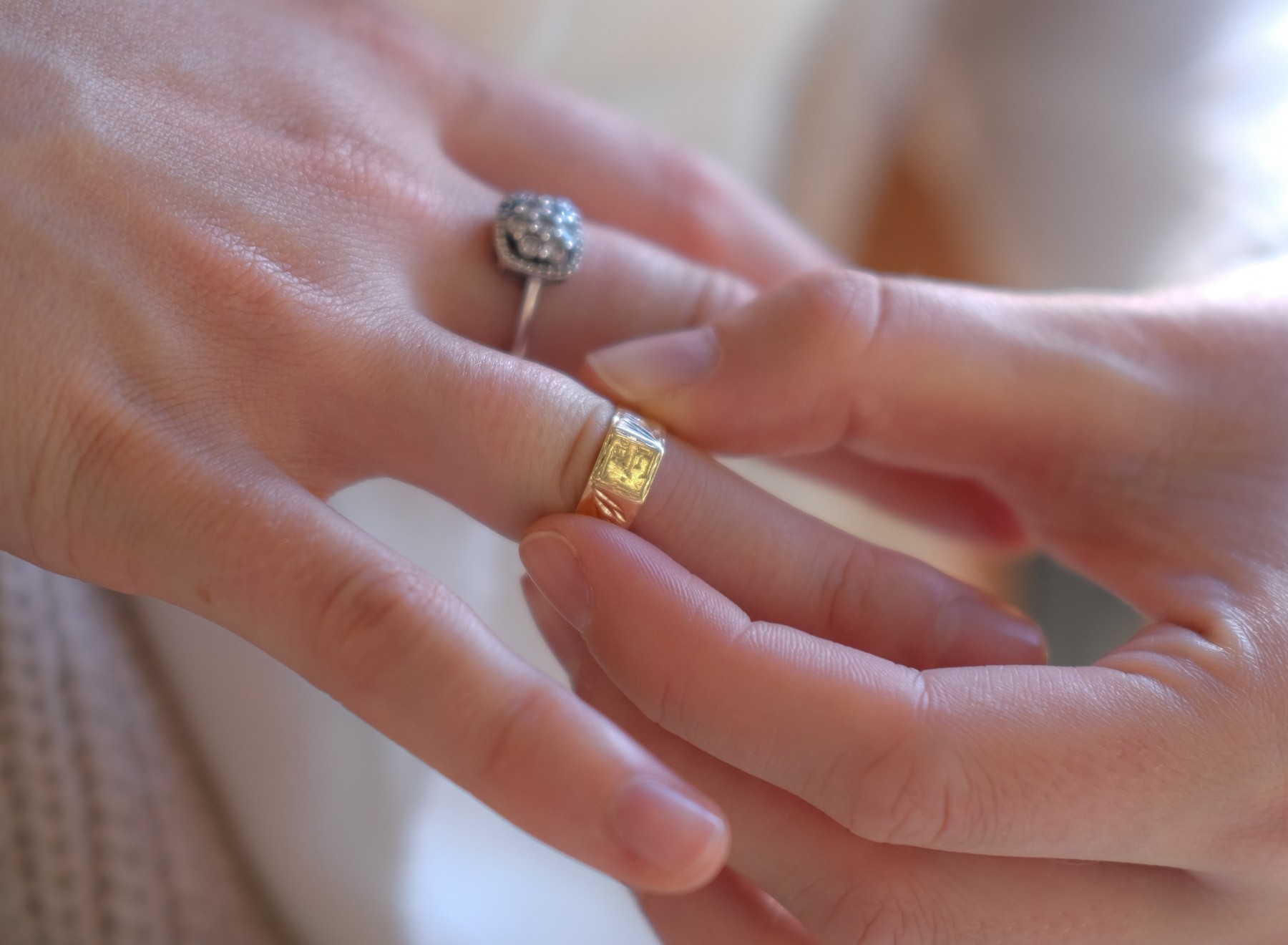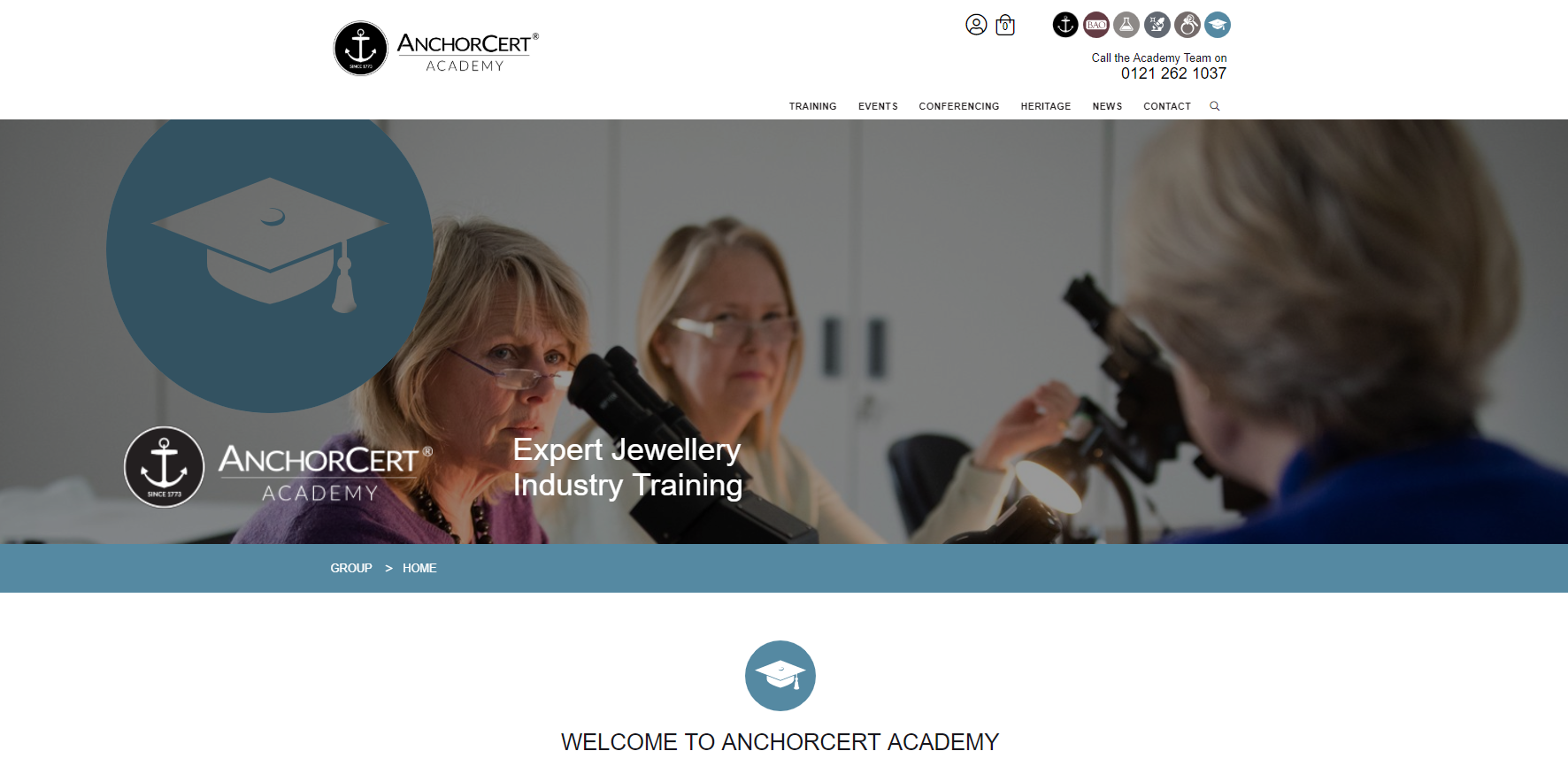Turquoise is derived from the French expression Pierre Turque, meaning Turkish Stone.  However, turquoise doesnât come from Turkey. While much turquoise was traded in Turkey, the items bought and sold probably originated in Iran or the Sinai Peninsula. Turquoise has been found buried in Ancient Egyptian tombs, giving it the distinction of being one of the longest-loved gems in history.
Where is Turquoise found?
Turquoise is found in only a few places on earth. It forms best in dry and barren regions where acidic, copper-rich groundwater seeps downward and reacts with minerals that contain phosphorus and aluminium. Most of the world's turquoise rough is currently produced in the south-western United States, China, Chile, Egypt, Iran, and Mexico.
Quality factors of Turquoise:
- Colour
- Clarity
Turquoise can be semi translucent to opaque. It can be mottled or display matrix. Matrix is the remnant of the host rock in which the turquoise formed and appears as splotches or veins. The presence of matrix can sometimes lower the value of turquoise, but some buyers actually prefer the presence of matrix in fashioned turquoise if its effect is attractive and balanced. This is especially true if itâs a type of turquoise known in the trade as spiderweb turquoise. It contains matrix in thin, delicate, web-like patterns across the face of the gemstone. Gems with attractive spiderweb matrix rank second in value, after stones with no matrix.
- Cut
Turquoise is most often used for beads, cabochons, carvings, and inlays. As turquoise is relatively soft, itâs also ideal for carving.
- Carat:
Treatments:
In turquoise, low porosity and fine texture are more valuable than high porosity and coarse texture. Coarse, porous stones are usually treated to make them smoother, shinier, and more marketable. The chalky material is often impregnated with a polymer, wax, resin or plastic to give it greater durability and improve its appearance. The resin-treated turquoise can usually be detected by odour.
Imitation:
There are many different glass, plastic and ceramic materials with an appearance similar to turquoise. Many of these can easily be distinguished from turquoise by testing their hardness, specific gravity or other properties.
Several minerals may also be confused for turquoise. Examples are Vivianite, (hydrous ferrous phosphate), Variscite (hydrous phosphate of aluminium), Malachite (copper carbonate) or Chrysocolla (hydrous silicate of copper).
Quick Facts:
- Chemical Composition:Â Hydrous copper aluminium phosphate - CuAl6(PO4)4Â (OH)8.5H2O
- Refractive Index:Â 1.62 to 1.65
- Specific gravity:Â 2.6 to 2.9 (variable because of porosity)
- Mohs Hardness:Â 5 to 6
Send AnchorCert Gem Lab your turquoise for testing!
Turquoise can be mistaken for coloured glass or others minerals and you will find imitations of turquoise.It is therefore beneficial to ensure that you request a Gemstone Identification report to ensure that you are supplying or buying the material you think you are.
Gemstone Identification results can be given verbally or as written reports which can then be supplied along with the item. The Gem ID service takes 10 â 15 working days to complete.
Gem Identification from AnchorCert Gem Lab is available for all gemstones. A stone will be assessed visually by qualified gemmologists and also tested for the basics such as its refractive index and specific gravity to help identify the material. Gemmologists have the knowledge and experience to detect the tell tale signs of imitations and treatments giving you complete reassurance.
For more information please visit the AnchorCert website. Alternatively to speak with a member of the team please call 0121 236 2122.
Sources:Â School of Natural Resources;Â GIA
Your item has been added to the basket
You need to create an account, or login before you can add this item to your basket.












